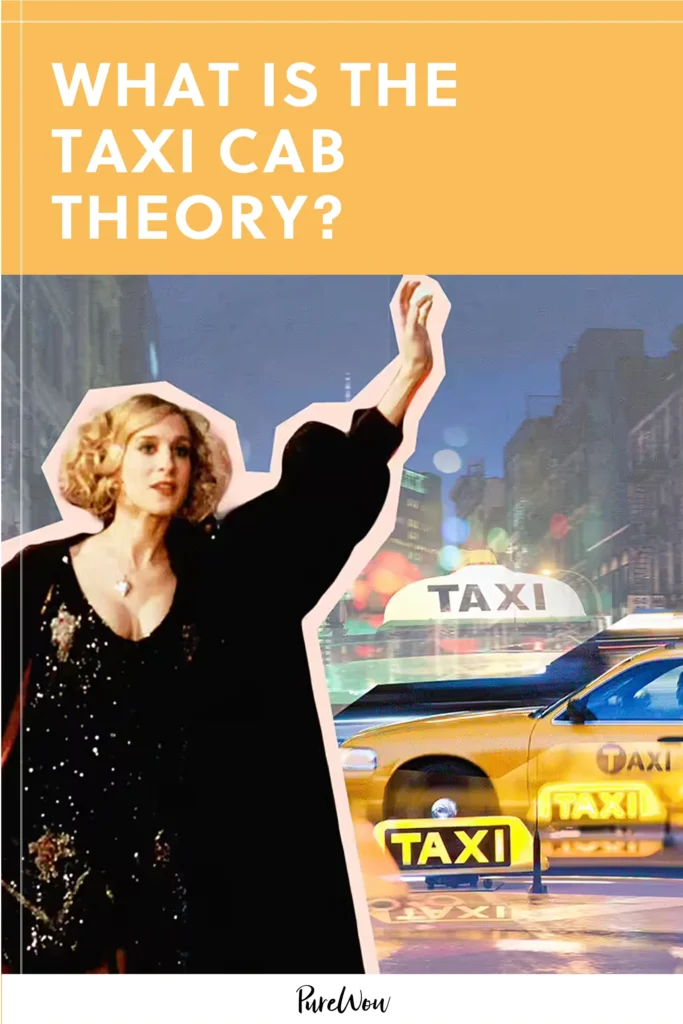Have you ever wondered how a simple taxi ride could connect to profound ideas in mathematics, science, and human behaviour? The taxi cab theory might sound quirky, but it’s a fascinating and deep concept used across various fields of study. This article will explore the theory’s origin, applications, and significance.
What is the Taxi Cab Theory?
At its core, the taxi cab theory is a mathematical concept often used to explain how distance is measured in a grid-like environment. Imagine a city laid out like a grid, with north-south and east-west streets. When driving from one point to another, a taxi can only travel along these streets, making the journey quite different from a straight line or diagonal path.
The taxi cab theory looks at distance not “as the crow flies” but as a combination of horizontal and vertical movements. This kind of measurement is sometimes called “Manhattan distance,” after the grid layout of New York City. While the name is playful, the theory behind it is anything but trivial.
Focus Keywords in Action
The taxi cab theory gives us a whole new way to think about how distances are calculated in certain environments, such as cities or even computer networks. It moves away from traditional methods and adds layers of practicality to abstract ideas.
A Deeper Dive Into the Taxi Cab Metric
The taxi cab theory is based on what mathematicians call the “taxicab metric.” This metric differs from the Euclidean distance most people are familiar with, which is the straight-line distance between two points. The taxicab metric works differently. It sums the absolute values of the differences in the x-coordinates and the y-coordinates of two points.
Here’s a quick example:
If you are standing at point A (2, 3) and want to travel to point B (5, 7) in a grid, the Euclidean distance would give you the shortest, straight-line distance. But, according to the taxi cab theory, you would calculate the distance by adding the total number of blocks you travel horizontally and vertically.
- Difference in x-coordinates: |5 – 2| = 3 blocks
- Difference in y-coordinates: |7 – 3| = 4 blocks
- Taxi cab distance: 3 + 4 = 7 blocks
This simple idea of calculating distance has profound applications across multiple disciplines.
Where is Taxi Cab Theory Used?
The applications of taxi cab theory stretch far beyond your average city street. From optimizing delivery routes to understanding genetic mutations, this concept plays a role in a wide array of fields:
- Urban Planning
In city planning, the taxi cab theory can be used to design better street layouts and transportation systems. It helps planners figure out the most efficient ways for people to move around in grid-like environments. By applying the taxi cab theory, cities can be optimized for traffic flow, minimizing congestion and improving overall efficiency.
- Computer Science and Network Design
In computer science, particularly in data organization and network design, the taxi cab theory helps calculate data transfer speeds, bandwidth usage, and even the shortest paths through various grids and matrices. It’s particularly useful for creating algorithms that optimize network performance or database retrieval times.
- Genetics
The taxi cab theory can even be applied in genetics, helping scientists understand mutations in DNA sequences. Measuring the distance between sequences using a grid-like system is surprisingly useful for mapping genetic information and analyzing differences between species.
- Artificial Intelligence
AI systems also use the taxi cab theory. Understanding distances between data points is crucial in machine learning algorithms. The taxi cab theory offers a unique way of calculating distances that can improve the accuracy of models used in everything from speech recognition to image analysis.
Why Does the Taxi Cab Theory Matter?
The taxi cab theory may seem like a niche concept, but its practical applications are vast. In urban environments, for instance, it offers a more realistic way to measure how far things are from one another. While straight-line distances may be shorter, they are only sometimes the most relevant measure when confined to streets or corridors.
Real-World Impact
The theory can save time, resources, and effort by helping us better understand the most efficient ways to navigate complicated systems—whether those systems are cities, computer networks, or even biological structures.
The Math Behind Taxi Cab Theory
Let’s break down the math behind the taxi cab theory. The theory hinges on using “taxicab geometry,” a type of non-Euclidean geometry. In traditional geometry, distance is calculated using the Pythagorean theorem. But in taxi cab theory, we replace this with a simpler formula:
Formula: Dtaxi=∣x2−x1∣+∣y2−y1∣D_{taxi} = |x_2 – x_1| + |y_2 – y_1|Dtaxi=∣x2−x1∣+∣y2−y1∣
Where:
- DtaxiD_{taxi}Dtaxi is the taxi cab distance
- x1,y1x_1, y_1x1,y1 are the coordinates of the first point
- x2,y2x_2, y_2x2,y2 are the coordinates of the second point
Unlike the Euclidean distance, which depends on the square root of the sum of squares, the taxi cab theory only relies on simple addition. This makes it incredibly useful for algorithms that compute distances quickly and accurately.
Euclidean vs. Taxi Cab Distance Table
Type of DistanceFormulaUse Case
Euclidean (x2−x1)2+(y2−y1)2\sqrt{(x_2 – x_1)^2 + (y_2 – y_1)^2}(x2−x1)2+(y2−y1)2 Shortest path, ideal environments
Taxi Cab ( x_2 – x_1
As you can see, the taxi cab theory offers a different approach to distance, making it more practical in certain situations.
The Psychology Behind Taxi Cab Theory
The taxi cab theory can also be applied to human psychology and behaviour. In decision-making, people often take “grid-like” approaches to navigate their options, weighing various factors step by step. The taxi cab theory reflects this, emphasizing that decisions are usually not straightforward but a series of smaller, manageable choices.
Behavioural Applications
- Decision Trees: Just as a taxi can only move horizontally or vertically, people’s decisions are often constrained by their available options.
- Heuristics: In psychology, heuristics are mental shortcuts, much like the shortcuts a taxi might take in a city. The taxi cab theory shows how these mental shortcuts are not necessarily the most direct path but are often the most efficient.
How to Apply Taxi Cab Theory in Everyday Life
You may be wondering how to apply the taxi cab theory in your own life. Here are a few areas where this theory could come in handy:
- Travel: When navigating a city, use the taxi cab theory to estimate travel times more accurately. Instead of relying on straight-line distances, consider the streets you must take.
- Personal Growth: The taxi cab theory suggests that progress is not always linear. Sometimes, you must take small, horizontal and vertical steps to reach your goals.
- Problem Solving: Use the taxi cab theory in problem-solving by breaking down complex issues into smaller, manageable parts. Like navigating a grid, each step brings you closer to your solution.
A Glimpse Into the Future of Taxi Cab Theory
The taxi cab theory continues to evolve, especially in artificial intelligence, autonomous vehicles, and smart cities. The theory will become even more relevant as technology optimizes routes, networks, and systems.
The Role in Autonomous Vehicles
Self-driving cars rely heavily on the taxi cab theory when navigating grid-like city streets. This theory allows cars to calculate the best route based on actual road conditions rather than just straight-line distances, making the technology more efficient and reliable.
Future City Design
Smart cities use taxi cab theory to design better transportation networks and improve urban living conditions. By mapping how people and vehicles move through a town, planners can optimize roads, reduce traffic, and enhance public transport systems.
Conclusion: The Last Word on Taxi Cab Theory
Ultimately, the taxi cab theory offers more than an interesting way to calculate distance—it provides a framework for understanding movement, decision-making, and problem-solving in complex environments. Whether navigating city streets, designing a network, or just trying to make better decisions, the taxi cab theory is a powerful tool in your mental toolbox.
The taxi cab theory considers the shortest and most practical path, reminding us that life is rarely a straight line. It’s full of twists, turns, and detours that, in the end, may get us where we need to go more efficiently.off



